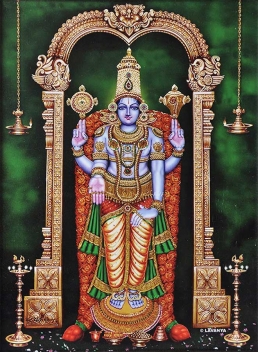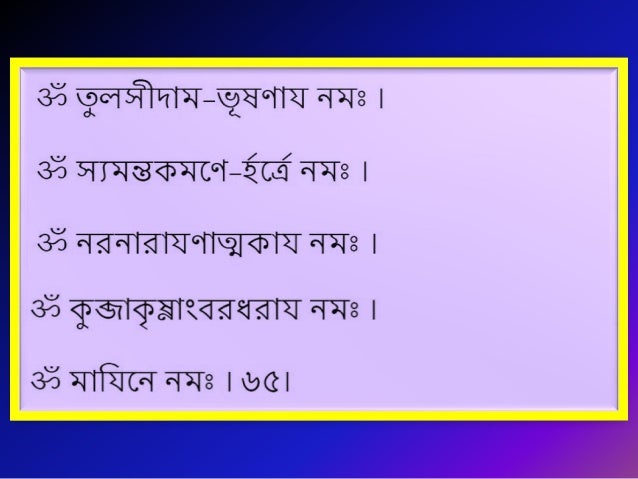

smara-samaro-chita virachita veshā - Saranga pashyati dishi dishi (nātha hare) - Sankarabharanam rati-sukha-sāre gatam abhisāre (dhira samire yamunā tire) - Kedaragowla or Pahadi vahati malaya samire (tava virahe vanamāli) - Anandabhairavi stana-vinihitam api hāram udāram - Bilahari nindati chandanam indu-kirañam (sā virahe tava dinā) - Sowrashtram (also Dwijavanthi) sancharad-adhara sudhā madhura (rāse harim-iha) - Thodi chandana charchita nila kalevara - Panthuvarali lalita lavanga-latā parishilana (viharati harir-iha) - Huseni / Vasantha shrita kamalā kucha-mandala (jaya jaya deva hare) - Bhairavi pralaya payodhi jale (jaya jagadisha hare) - Sowrashtram The original tunes of the ashtapadis are unknown and likely lost in history. Today, the ashtapadis are sung in a variety of tunes and the list below is just a sample of some of the raga scales used. The Prabandhas contain couplets grouped into eights, called ashtapadis. The lyrical poetry of the Gita Govinda is divided into twelve chapters, each of which is sub-divided into twenty four divisions called Prabandha. Ashtapadis are regularly performed at Kerala temples in the accompaniment of an idakka a genre of music called sopana sangeetham. Although the original tunes of the ashtapadis were lost in history, they remain popular and are widely sung in a variety of tunes, and used in classical dance performances, across India. It is also the source of the word ashtāpada, an Indian board game, the forerunner of chess. The literal meaning of ashtapathi, 'eight-steps', refers to the fact that each hymn is made of eight couplets (eight sets of two lines).

The ashtapadis, which describe the beauty of Lord Krishna and the love between Krishna and the gopis, are considered a masterpiece in esoteric spirituality and the theme of 'Divine romance'.

Ashtapadis or Ashtapadi refers to the Sanskrit hymns of the Gita Govinda, composed by Jayadeva in the 12th century.


 0 kommentar(er)
0 kommentar(er)
